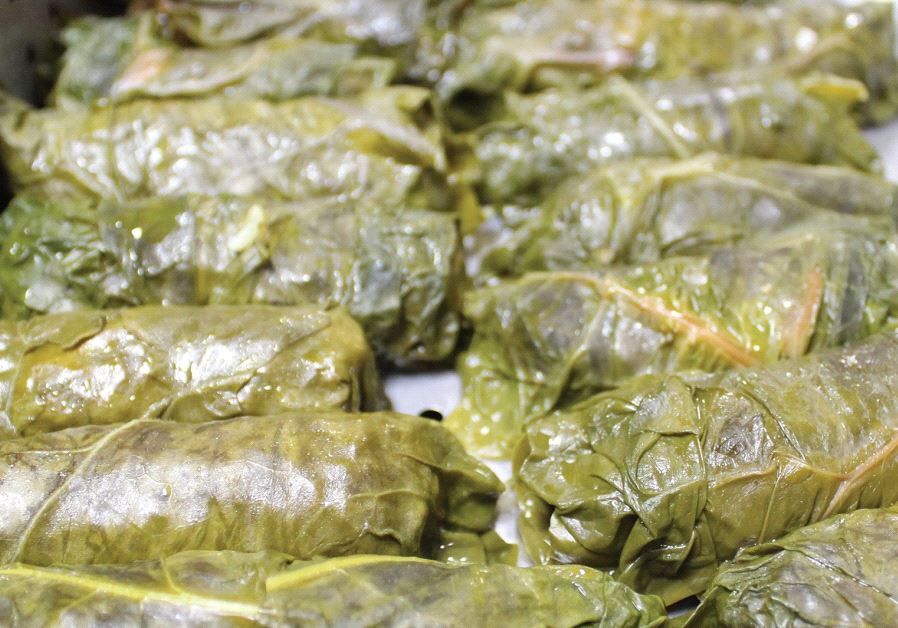The soul of Lebanese cuisine
When Julie visited her relatives in Lebanon, she was inspired by Lebanese ingredients, such as fresh produce, dairy foods and roasted nuts.
 Mahshi Silik – Stuffed Swiss chard leaves(photo credit: YAKIR LEVY)Updated: Read More
Mahshi Silik – Stuffed Swiss chard leaves(photo credit: YAKIR LEVY)Updated: Read More